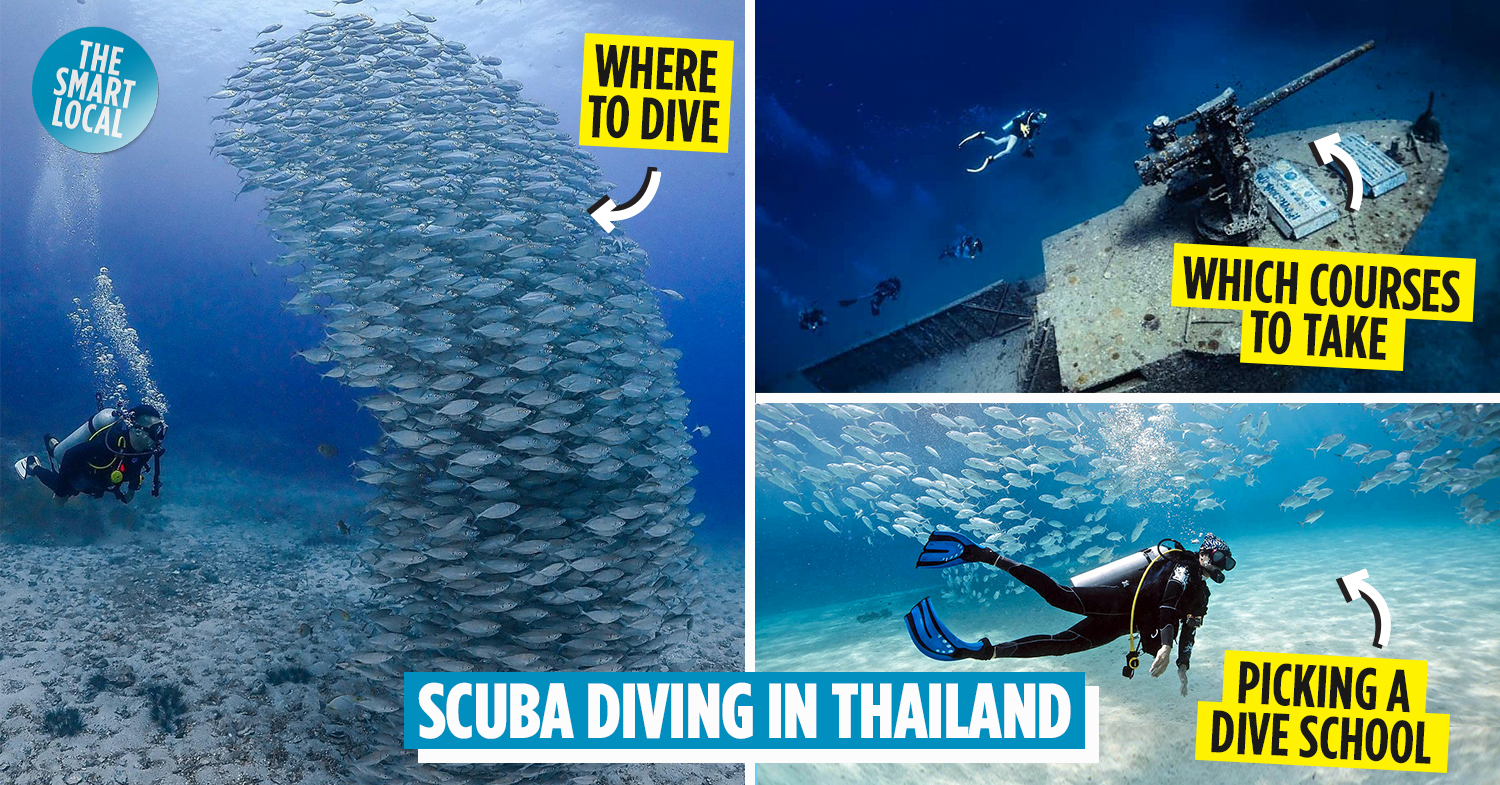SCUBA diving in Thailand
There is no shortage of places to go SCUBA diving in Thailand, and there are a large number of schools ready to help new divers get certified.
Surrounded on three sides by oceans and home to over three hundred dive-sites, Thailand’s sub-aquatic world is renowned for being a divers’ paradise.
Here’s a guide on what certification courses to take, where to take them, and how to pick a dive shop when SCUBA Diving in Thailand.
More guides to check out:
- Buying a condo in Thailand as a foreigner
- Becoming a permanent resident in Thailand
- LINE accounts Thai expats should follow
SCUBA Diving certifications
Before looking into where to dive, it’s important to figure out your SCUBA diving objectives.
This not only helps you make an informed decision as to where you should go, but more importantly, what certification you should get.

Image credit: PADI
While there are multiple associations that are able to certify divers, most dive schools operate under PADI – Professional Association of Diving Instructors.
However, if you get certified by a PADI dive shop, that doesn’t mean you can only dive with PADI-accredited dive schools. Schools are able to look at your certification level from whatever organisation, and convert it to whichever association they operate under.
Below is a summary of the most common PADI certifications, what they allow you to do and how long each course will take.
Discover Scuba Diving (DSD)
Also known as the “Try-Dive”, a Discover Scuba Diving (DSD) course is for those who want to dip their toes into diving, but not necessarily commit to a multi-day certification course.
DSD courses take a total of one day. Participants spend the first half of the day learning the theory behind breathing underwater, their equipment, and buoyancy, according to PADI.
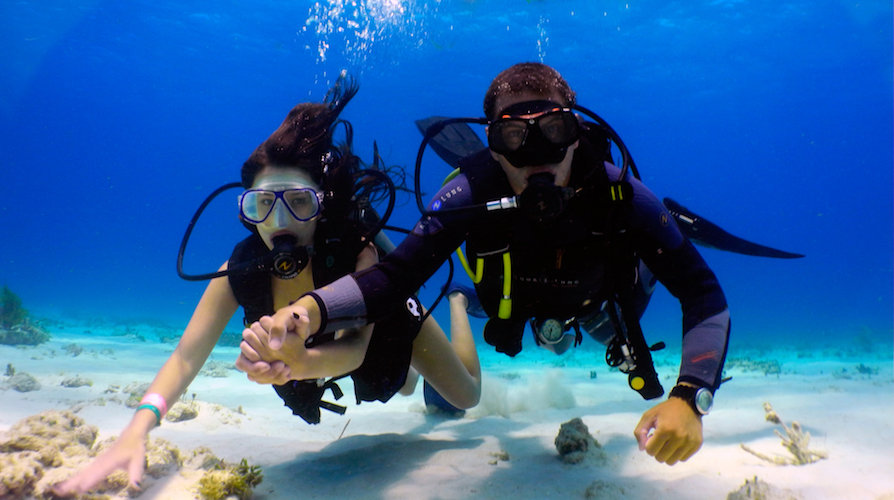
Image credit: Red Sea Diving Academy
Usually, this is followed by a pool session where the instructor goes over the skills learnt in theory. After that, divers are taken out into the open water where they can dive up to a maximum depth of 12M (40Ft).
While divers don’t end up with a certificate, they can use their DSD dives to count towards later courses.
Open Water Diver (OWD)
The Open Water Diver certification is the first certification level for beginners.
Upon completing the programme, Open Water divers are able to go down to a maximum depth of 18M (59Ft).
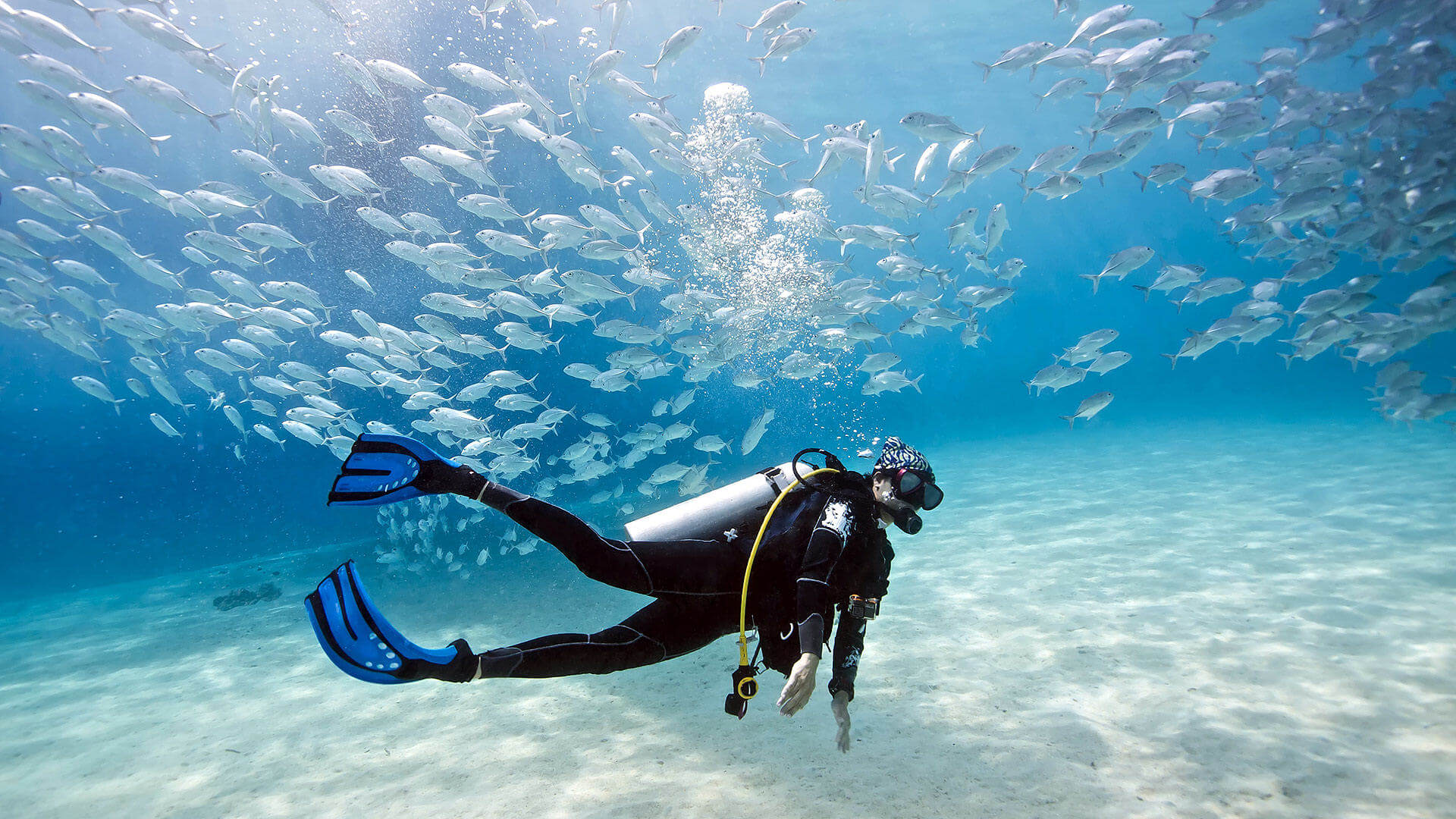 Image credit: Sunrise Divers
Image credit: Sunrise Divers
Although it’s seen as the “first step”, we’d say it was probably one of the more rigorous of the diving certification courses and can take up to four days to complete. In addition to diving, those getting OWD certified will also have to study dive theory, and take exams on the subject.
If you’re not too keen on spending your vacation studying, find out if your school offers online learning. That way you can study for the quizzes and exams ahead of time.
Advanced Open Water Diver (AOW)
The Advanced Open Water Diver (AOW) programme is a continuation of OWD and allows divers to go to a maximum depth of 30M (98Ft).
Contrary to its prerequisite course, this writer would say the AOW course was the most exciting and least stressful certification level. It can be completed in about two and a half days.
To be certified, divers must complete five dives – with no quizzes.
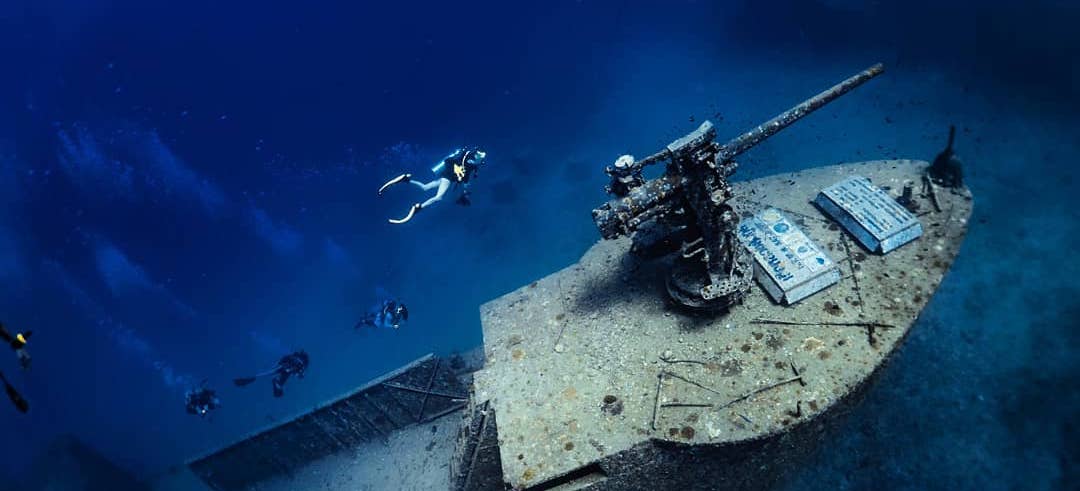
Image credit: Island Travel
Two of the dives must teach them about navigation and buoyancy. The remaining three dives can be focused on fish identification, wreck diving, nitrox and more, as written in Girls That SCUBA.
It really depends on what the school offers and what the student is looking to do.
Rescue (RD)
The Rescue Diver (RD) course is the highest level of certification for recreational divers. It’d be like becoming a lifeguard, but for underwater emergencies.
In this programme, divers learn how to look out for potential issues from the point of view of a dive professional. The course places you in simulations of potential emergencies both above water and under it.

Image credit: Aussie Divers Phuket
If you aren’t Emergency First Response (EFR) certified already, you can work towards getting that credential as part of your Rescue Diver programme, as per Dive Buddies 4 Life.

Image credit: Salt Dominica
With the EFR class and exam included, the RD course can take up to three days.
After completing this course, divers can start to consider starting a Divemaster (DM) course and maybe even the Instructor Development (IDC) cert afterwards.
Where to dive in Thailand?
Koh Tao – haven for beginners and aspiring pros
Koh Tao is one of the most famous destinations in the world for diving. Situated in the Gulf of Thailand, the island is known to have over 20 dive sites that are less than an hour boat ride away for divers of all levels and over 70 dive schools to choose from.
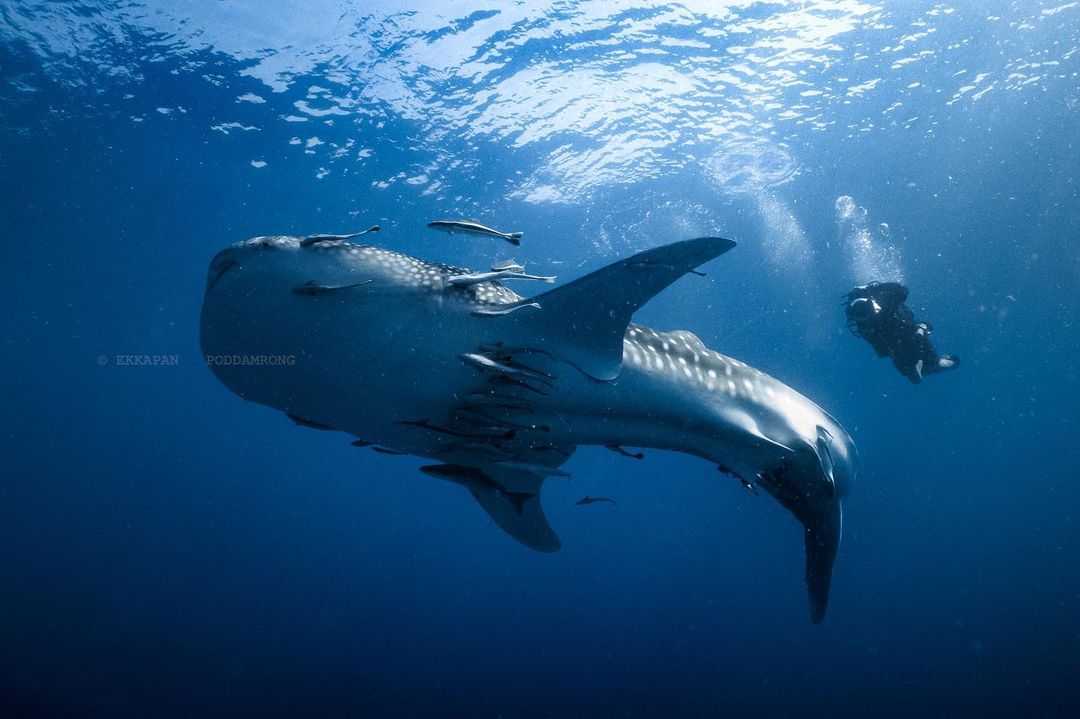
Chumporn Pinnacle is one of the island’s most famous dive sites and is notorious for whale-shark appearances.
Image credit: @bigbody_bas
Furthermore, most of the dive sites are relatively close to the island.
So, instead of needing a full day to go out diving, certified divers can be done either by the early afternoon, or even start later. This leaves you plenty of time to hang out with your non-diving friends as well.
Plus, the current on the Gulf of Thailand is way easier to battle than that out in the open sea.
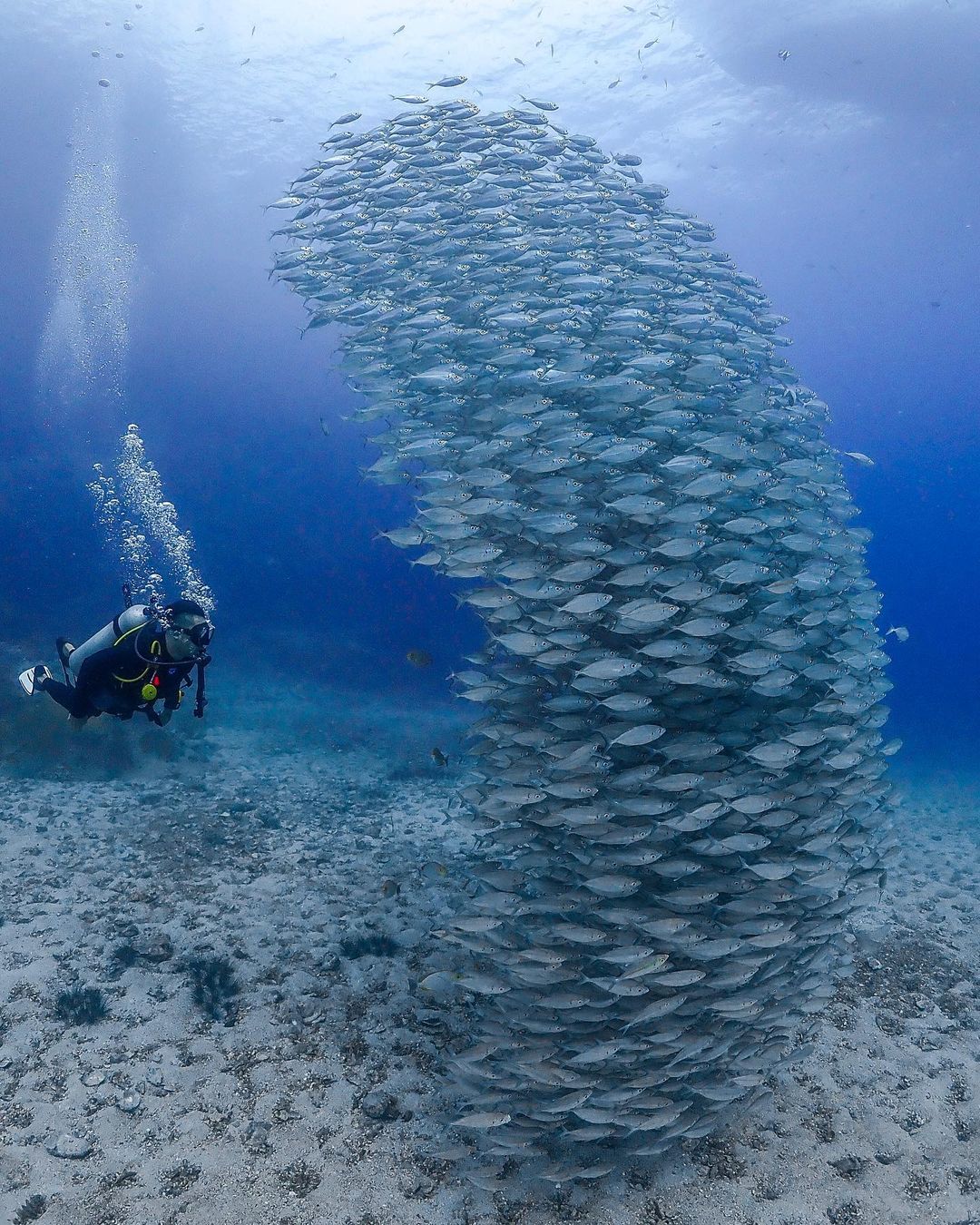
Get up close and personal with fish tornadoes at Sail Rock.
Image credit: @opal_catface
For those who are looking for a holiday with the option of diving, we’d say Koh Tao is your best bet.
The island is filled with other attractions like hiking, partying, as well as multiple beaches that are suitable for snorkeling and relaxing alike.
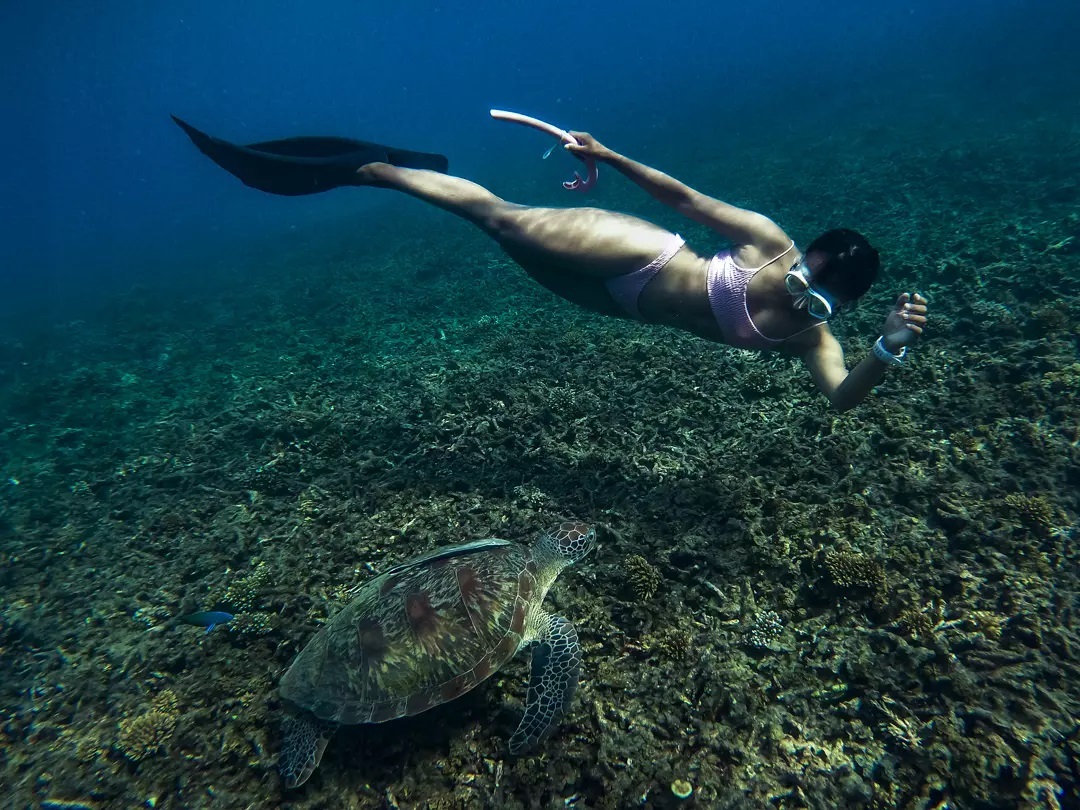
Non-diver friends can instead go snorkeling at famous sights like Shark Bay or Mango Bay.
Image credit: @parankick
Given all the activities available, Koh Tao is still one of less touristy beach destinations in Thailand.
It’s also a preferred destination for aspiring pros – like this one – as there are always new courses starting up.
Phuket – larger fish and stronger currents
Surrounded by the Andaman Sea, which is home to the world-famous Similan and Surin islands, Phuket is another one of Thailand’s go-to destinations for diving. Plus, the current is usually stronger in the Andaman.
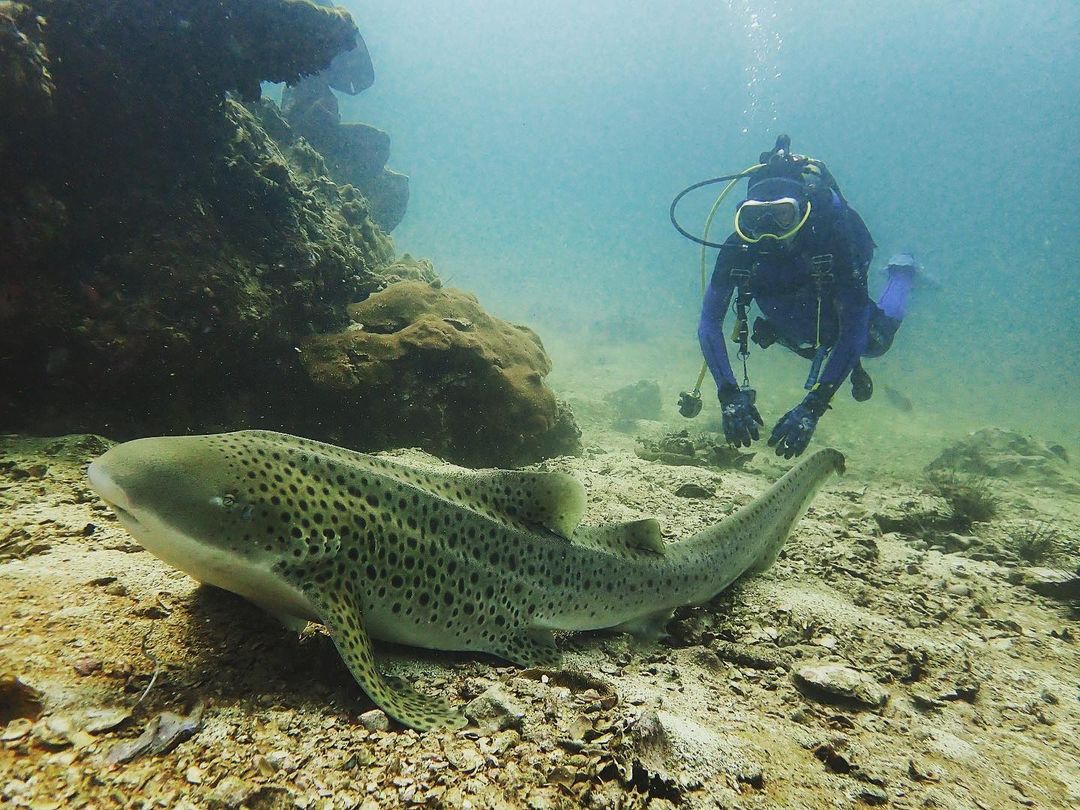
Koh Dok Mai is about three hours away from Phuket and is extremely rich with marine life.
Image credit: @champtatchai
While there are myriad dive sites, dive schools and liveaboards that depart from Phuket, we’d recommend the island for more intermediate or serious divers.
The reason being that while Phuket is in the Andaman Sea, it still can take a couple of hours to get to and from a dive site from the province’s piers. So, one dive trip can take up to a full day.
This leaves you with less time to spend with non-diver friends and family, as well as time to enjoy the many other attractions Phuket has to offer.
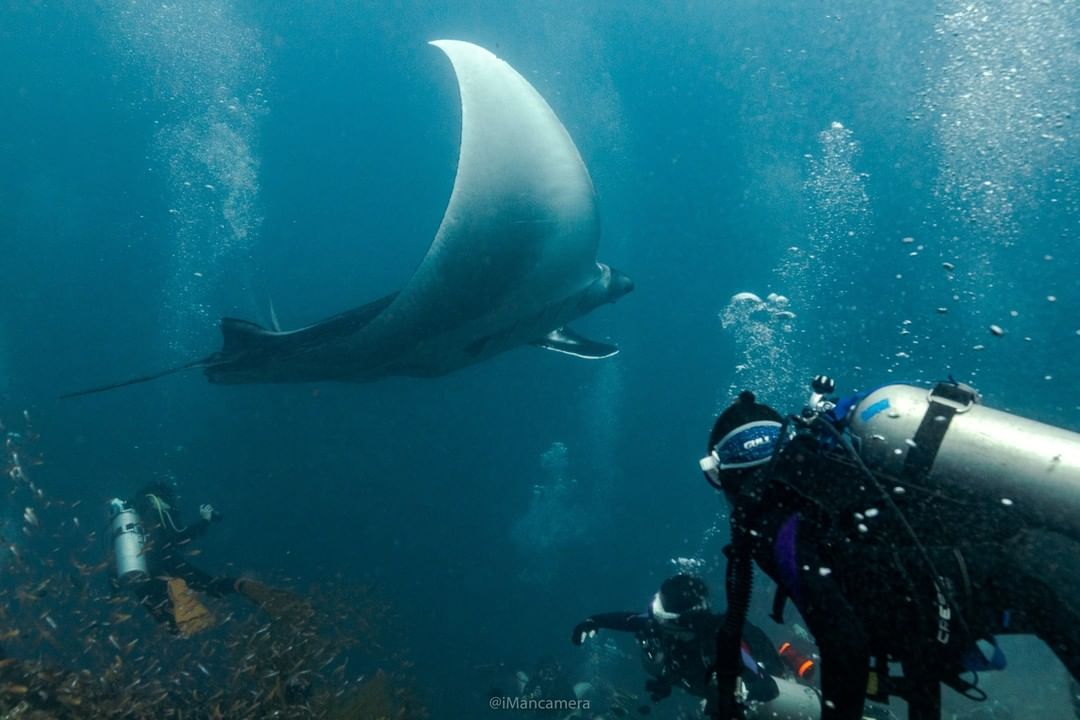
Koh Tachai is known as the “Maldives of Thailand” and Manta Ray sightings, has recently reopened. You can catch a day trip out there from Phuket or nearby in Khao Lak
Image credit: @imancamera
There are also various other places to dive in Thailand, though they’re a little more remote and could take more time to get to.
Our favourites include Koh Lipe and Koh Lanta.
Things to consider before diving
After deciding what certification you’re looking to get and where you wanna go, here are some final things to consider before taking the plunge.
Health and fitness level
First and foremost, you should assess your health and fitness level before diving. After all, it’s an extreme sport.
When diving, we’re putting our bodies under massive amounts of pressure. For physics buffs, it’s about an increase of about 1 ATM every 10M, as written by the Pacific Marine Environmental Library.
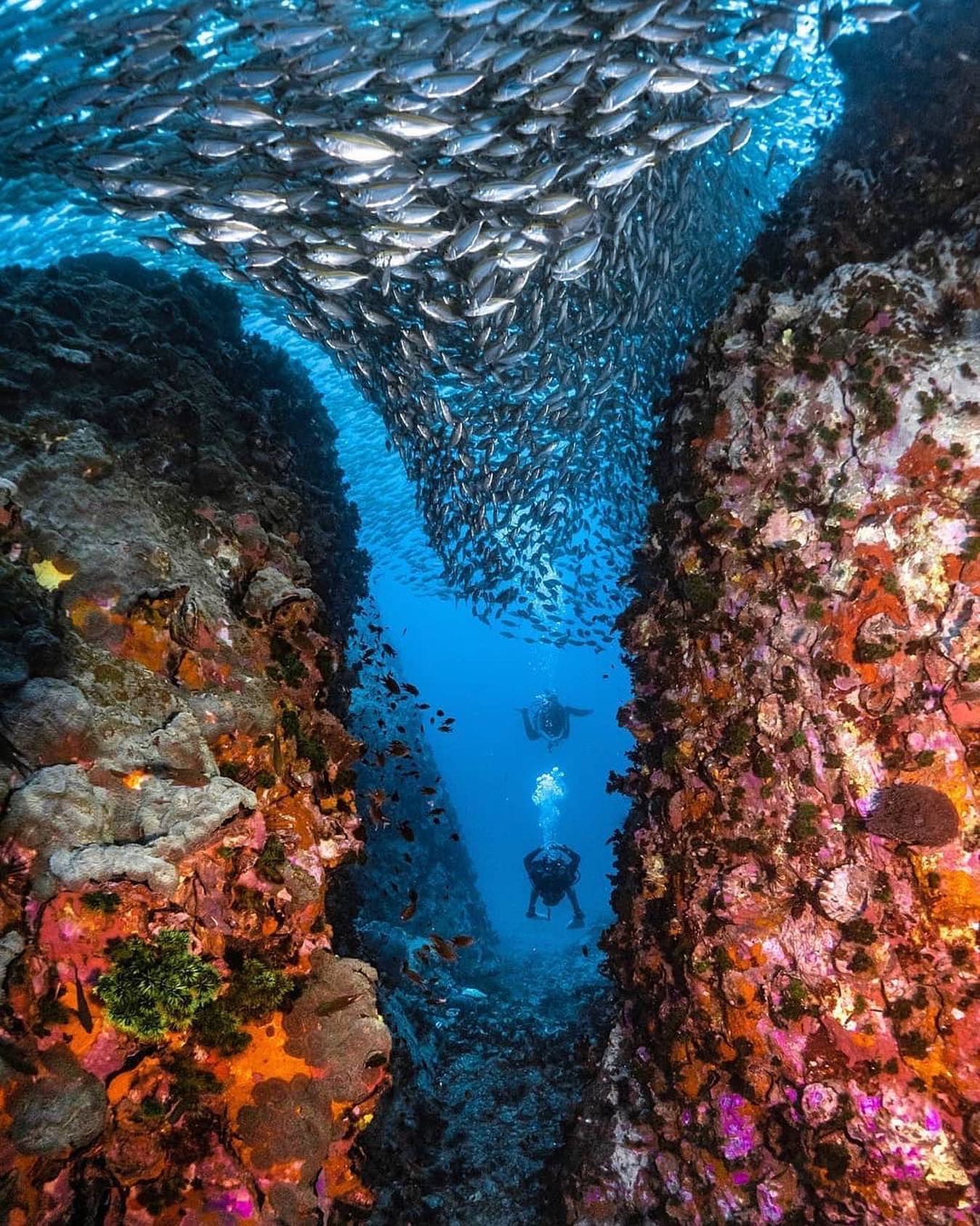 Image credit: Thai Diving Guru via Reddit
Image credit: Thai Diving Guru via Reddit
While the water technically “carries” your equipment when you’re submerged, we still have to worry about the pressure that comes above and below us when we’re below sea levels.
To combat the effects of pressure on our air cavities – lungs, ears and sinuses – divers to something called “equalising” – the action involves holding your nose, and exhaling through the nose, as demonstrated by SCUBA Diving.
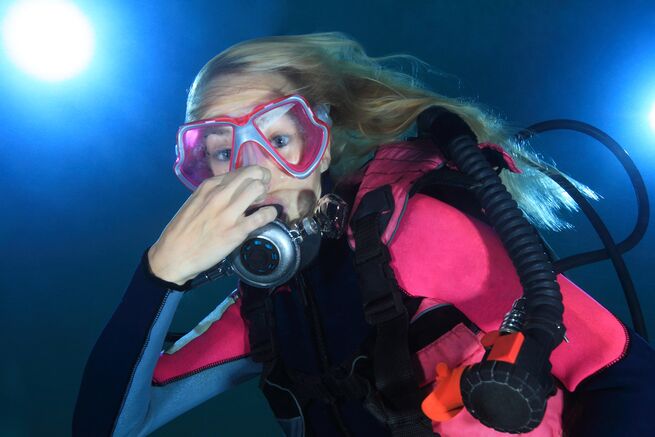
Image credit: Aquapix via SCUBA Diving
It’s crucial that you’re able to do this to alleviate the pressure. Things that can inhibit equalisation include: lung issues, sinus issues – like congestion – and ear problems i.e. the common cold.
We also need to consider whether we can handle swimming. While we don’t technically need to know how to swim, it’s highly advised to avoid SCUBA diving unless you can at least float.
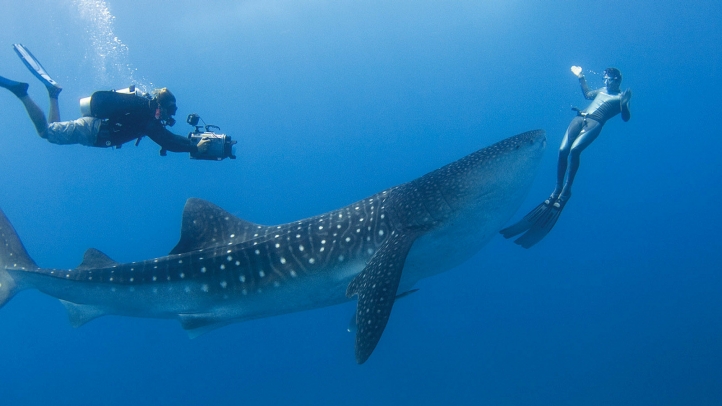
Being able to swim will help you move confidently through the water.
Image credit: Four Seasons
Not only are you underwater, but sometimes currents can be heavy so it could be strenuous to swim. Not to mention, you also may have to swim above the surface.
It’s also important to consider that you have to get back on the boat in your equipment. Can your spine handle that much weight?
There are health requirements for each diving programme you undergo, but as a general guide answer:
- Do I have any issues with my lungs?
- Do I have any issues with my sinuses and ears?
- Can I handle the physical – and mental – pressure of being underwater?
Time
Certification courses usually span over multiple days, and if you’re looking to go pro, maybe even months.
It’d be best to carve out at least an extra day more than the recommended course period. For example, if an instructor recommends three days, then assume it’ll take four days.
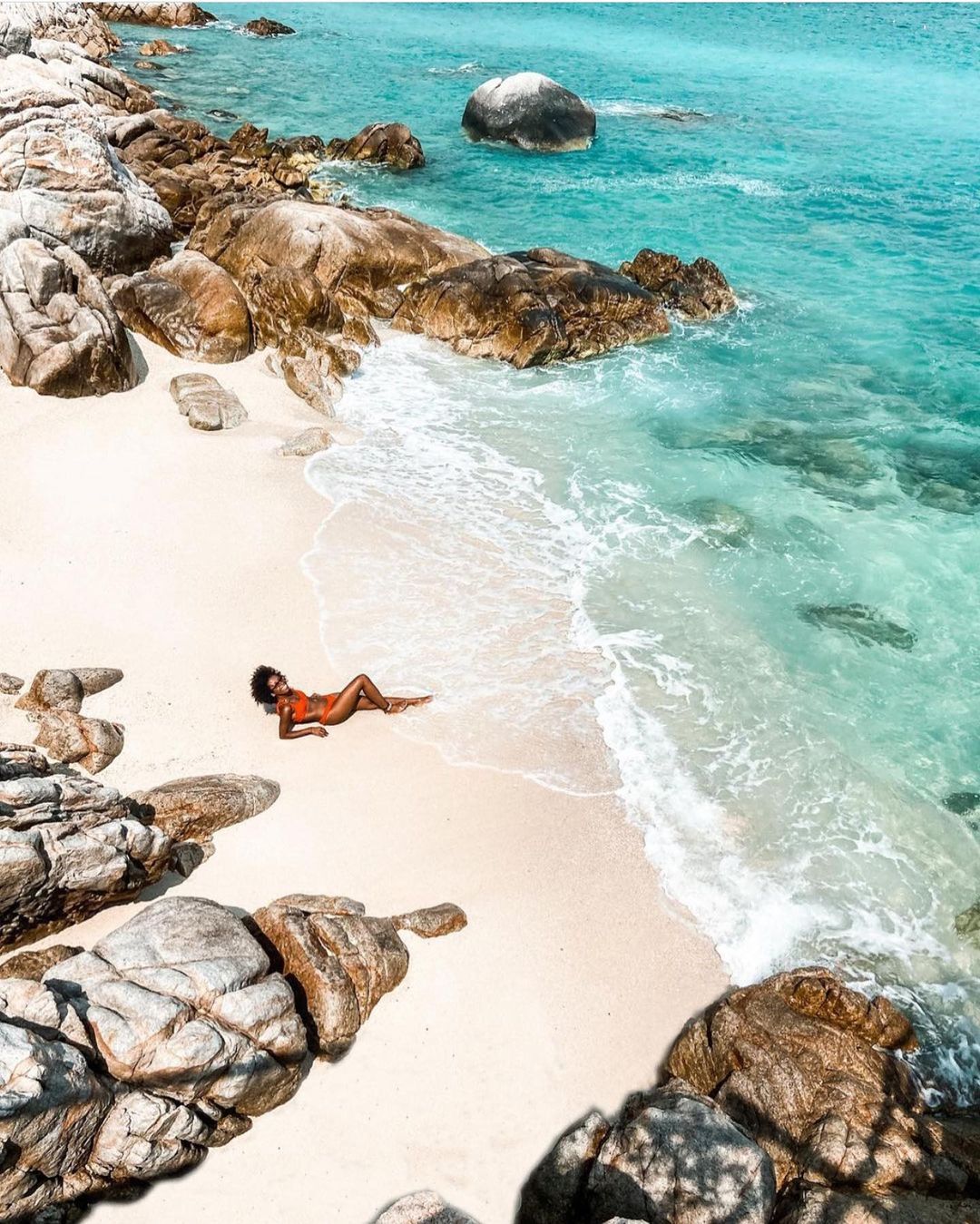
Diving can get tiring, so make sure you have enough time to hang out on the beaches, like Shark Bay, on your dive trip.
Image credit: @whoisophia via @travelersstoriez
Not only does this take the pressure off of you to finish a course in a fixed time period, but it also allows for extra periods of rest and relaxation. Also, you can’t fly for at least 24 hours after your last dive, according to the Divers Alert Network.
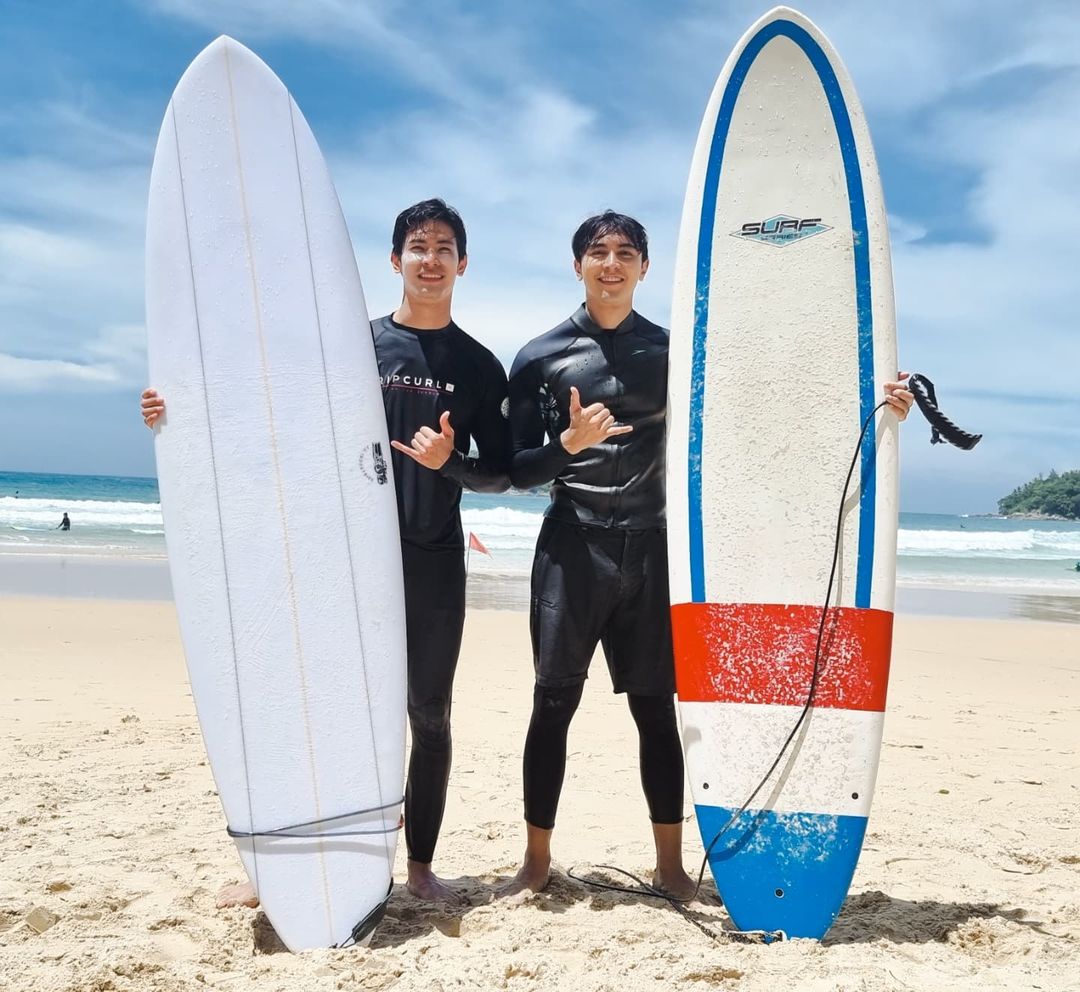
Making time to hang out with your non-diver friends can look like a surf-trip to Kata Beach, Phuket, instead of going 20M underwater.
Image credit: @pon_nawasch
For those who have non-diver friends on the trip, we’d recommend allocating at least two extra days for the Open Water Course which takes three-four days, so you can spend half the day diving, half the day with them etc.
Make sure that you carve out enough time for diving, learning as well as rest because you’re going to be tired.
Which school to dive with
It may sound dramatic, but you’re essentially trusting dive schools with your life and simultaneously absolving them of any and all liability once you sign that consent form.
So, it’s important to make an informed decision about who to dive with.
Pro tip: Rely more on word-of-mouth than the number of stars they have from whatever organisation they operate under
Here are some tips on picking a dive school:
Equipment
In addition to trusting your instructors and divemasters, you’re also placing your trust in equipment that is designed to keep you alive.
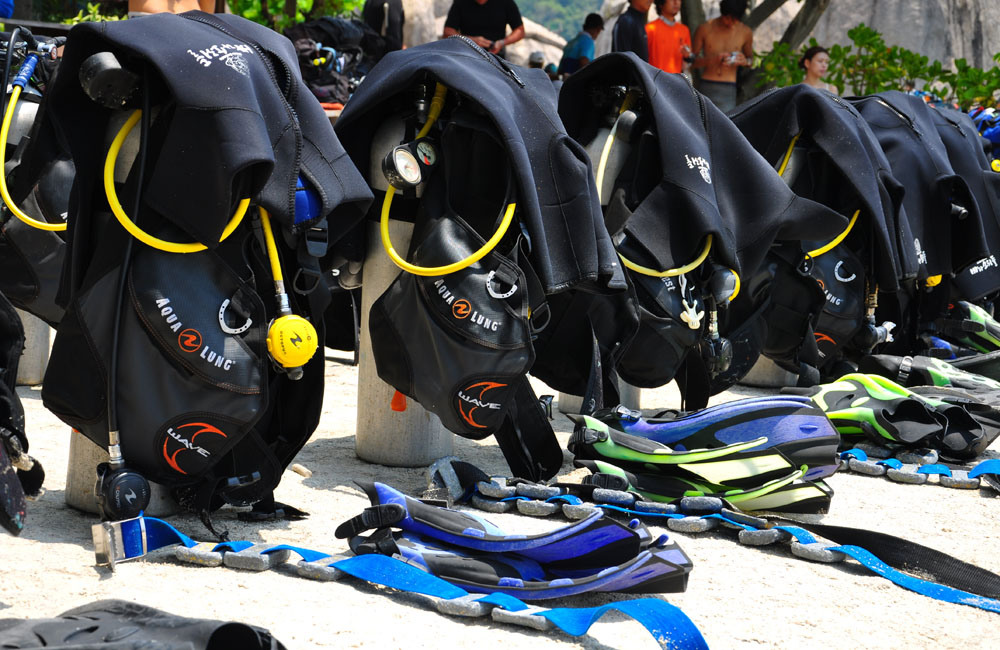 Image credit: Shutterstock via Dive Magazine
Image credit: Shutterstock via Dive Magazine
To make sure that the equipment is going to work and keep you safe, the best thing to do is inspect it. Yes, you can ask dive schools if an inspection is possible, it’s a normal thing so don’t be too greng jai about doing it.
Here’s a guide to inspecting the equipment.
Student:pro ratio
Typically, there’s a maximum of four students per dive professional.
While instructors are technically allowed to take up to eight students per course without an assistant, it’s totally up to you to decide if you’re comfortable with this.
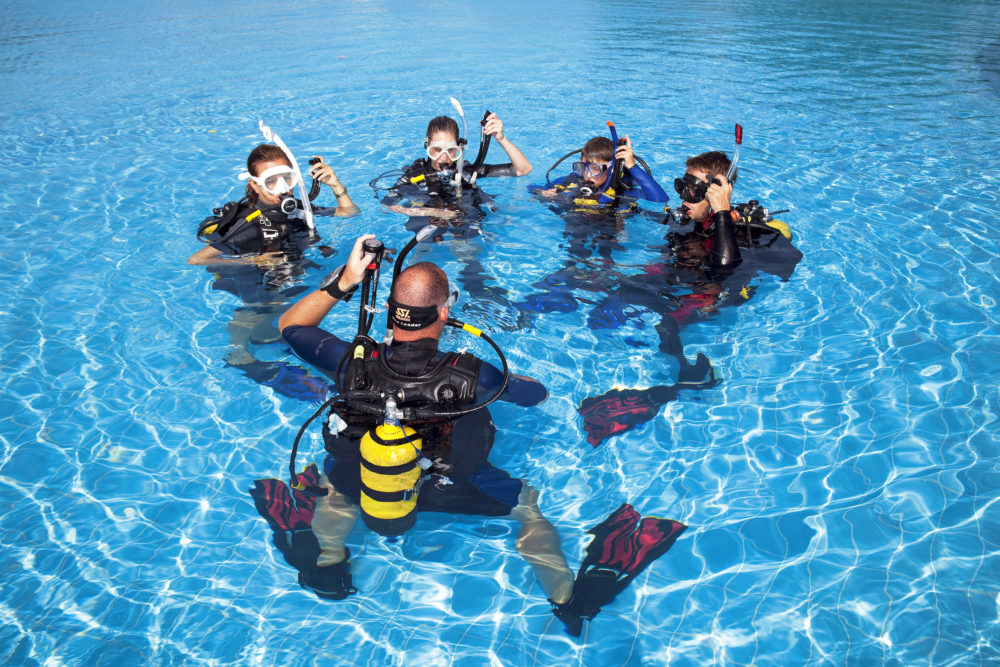
Image credit: Blue Label Diving
Most dive schools around Thailand will typically require a divemaster or instructor to assist with larger courses, as written in The Funky Turtle.
Getting certified in Thailand
Whether you’re an experienced technical divers or just looking to try breathing underwater for the first time, Thailand has multiple diving destinations for you to pick from.
After choosing which certification level you’d like to go for – or deciding to go for a try-dive – the ocean is essentially your oyster. Thailand’s dive sites are swimming with fish and other aquatic life at all depths – so you never know where you’ll run into a whale shark or manta ray.
All in all, the most important thing to consider when diving are your health and comfort levels
We wish you all the best with your diving journey in Thailand.
Cover images adapted from (Clockwise from Left): @opal_catface, Island Travel, Sunrise Divers
Enjoying The Smart Local Thailand? Follow us on Facebook and Instagram for more stories like this.
